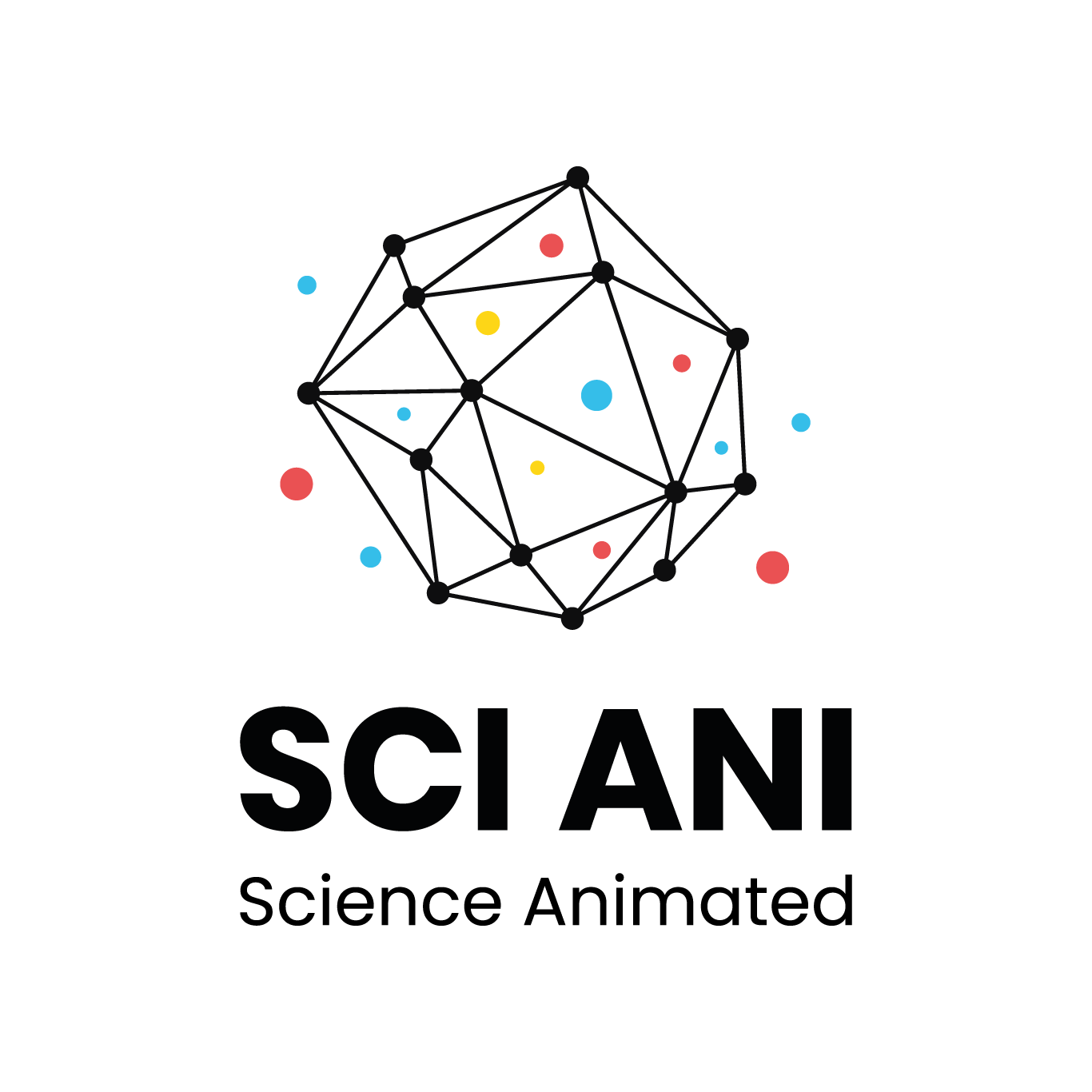The Three Key Ingredients to Commissioning a Successful Science Animation
Science Animated - A scientific communication agency that develops engaging and accessible animations based on a specific researcher's work.
Juliet Jessop, Head of Content Creation at Science Animated, shares what you need to get started.
Have you ever gotten halfway through explaining something to someone and found yourself reaching for a pen and paper to sketch it out?
Our instinct to visualise our ideas when sharing them with others is a powerful one; it enables us to communicate them with greater clarity than words alone.
This is especially true for more abstract concepts, such as how a medical device is designed to work, or things the eye cannot see, such as the Mode of Action of a protein.
Choreographing our verbal explanations with moving pictures is more powerful still, providing us with a valuable asset that can reach a far wider audience with greater consistency than we ever can in person.
However, the reality is, most of us don’t have the time or the necessary skills to develop our own animations in order to do our ideas justice.
But, with a clear brief and well-thought-out plan, we can translate our ideas into actionable insights for animators, artworkers, and creatives, alike.
Here are three key ingredients to get started
#1 Effective storytelling - know your story and how best to translate it for your intended audience:
- Are you able to distil the key messages you wish to get across to your audience?
– Let’s say you have five key points to share – a good rule of thumb is that, for each minute of animation, a maximum of 150 words of accompanying narrative can be used.
– Can each key point be summarized in just 30 words?
– Or do you need to extend the length of your animation to ensure enough detail is retained for it to all make sense? - Who is your intended audience?
– Do you want to engage potential investors?
– Are you hoping to raise awareness by sharing your ideas with the general public? - What would you like your audience to know and do with this information?
– What initial hook will draw them in to view the animation?
– Do you need a call to action at the end? - What prior knowledge does your intended audience have of the subject?
– Can you use technical terminology, or does it need simplification? - Finally, resist one-size fits all thinking - ensuring you pitch your story in line with your intended audience is vital.
– A skilled scriptwriter will be able to support you in weaving this all together into an engaging storyline.

#2 Strong visual identity: Ensure the animation style and design elements you choose align with your brand:
- All aspects - from character design, choice of font and colour palette, to the backgrounds and animation techniques you wish to use – have a key role in conveying a visually compelling message.
- Some animation techniques are more time-consuming and costly than others, for example, full 3D.
– Which format will best bring your vision to life in line with your identity?
– Which formats best fit your budget and your timeline? Consider your options and choose wisely. - High-quality audio is vital so that it does not detract from your message. Spend time choosing a suitable voiceover artist, background soundtrack and consider potential sound effects. Animation studios are well-resourced in this area and will guide you accordingly.
#3 Appropriate resource planning: Plan timelines and budgets well in advance, involving your key stakeholders right at the outset:
- Creating an animation can become a time-consuming and expensive process if not well-defined and with the right buy in from the outset.
- When considering your timeline, start with the end in mind and work backwards; if you are planning a launch date for which you would like an animation to showcase your concept, allow a 2-to-3-month lead in to script and produce the animation in time for the event. As a rule of thumb, the more complex a production, both in terms of content and animation format you choose, the more time and budget you need to factor in.
- If time is not on your side, do you have focused time, energy, and resource to fast-track it with your chosen studio?
By considering the factors outlined in this article, you can help ensure that your animation project is a success and meets the needs and expectations of your audience. Taking the time to plan and prepare can make all the difference in creating an animation that truly resonates with your viewers, and it will make the process of working with your chosen agency much smoother and more enjoyable.
